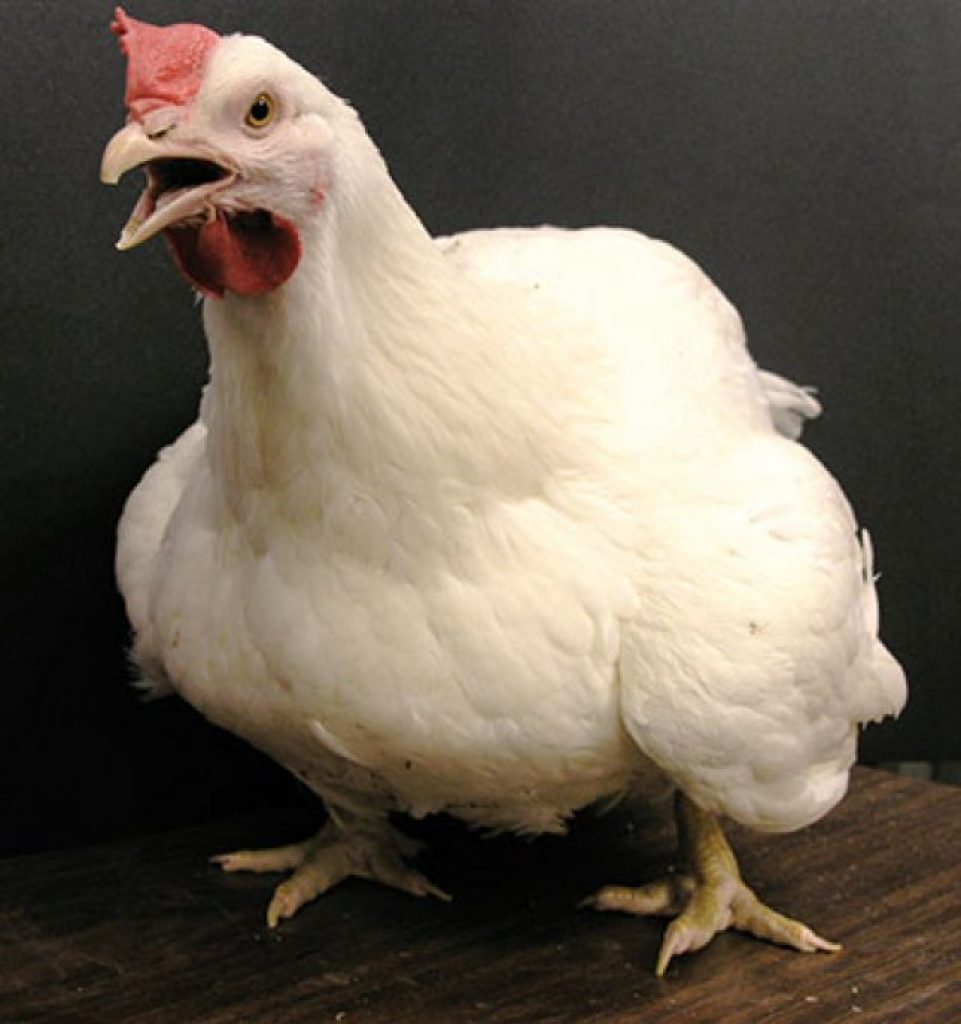
Heat stress is a serious problem in the tropics especially in heavy breed of birds like broilers. Birds are susceptible to heat because they lack sweet gland and their body temperature maintenance mechanisms are only efficient within the bird’s thermo-neutral zone. High temperature and high humidity are the major predisposing factor of birds to heat stress. At an environmental temperature of about 300C and 50% humidity, appetite is greatly depressed by about 10% and water consumption is greatly increased.
Below are some of the signs and consequences of heat stress in a flock are:
• Panting
• Wing spreading
• Lethargy
• Depressed appetite
• Dehydration
• Increased cannibalism
• Reduced ability to fight infection
• Wet dropping
• Loss of body weight
• Reduced feed conversion ability
• Reduced growth rate
• Poor absorption of minerals from the GIT
• Brittle bone
• Uneven growth
• Loss of body electrolytes
• Increased mortality

During episodes of heat stress in poultry, adequate provision of cool water is not usually enough to help flock survive heat stress. A farmer must employ other methods to assist birds in surviving this challenge. Some of the additional measures that can be taken by the farmers are:
• Administration of antioxidants: Vitamins such as vitamin A, vitamin C and vitamin E have been proven to possess excellent antioxidant properties. They help in scavenging free radicals which are known to be produced in high level during heat stress leading to oxidative stress. Vitamin supplements rich in these three vitamins can be given to birds during this period. The more preferable vehicle of delivery is water because birds take more water than feed during heat stress.
• Administration of electrolytes: Since bicarbonate is massively loss during panting, it will be a smart decision for a farmer to add this to birds feed so as to keep the blood pH stable.
• Feeding during cooler parts of the day: The farmer can adjust his feeding pattern in such a way that 70% of the daily ration is supplied during the cooler periods of the days. In cases where power is available, the flock can be fed at night and given just water during the day. Also feeding pellets generates less heat than mash because the number of times a bird will have to pick to fill its crop is drastically reduced.
• Reduction in stocking density: The lesser the stocking density, the lesser the heat produced by the flock. Also low stocking density allows for cooler air within the rearing facility.
• Other measures: Other measures that can be employed by the farmer are installation of fans or heat extractors, adding ice to water during hot part of the day use of foggers, roof painting, roof insulation, installation of evaporative coolers etc.
This write up is extracted from Agrikhub’s Bestselling Book on Broiler Production. To gain additional insights on other important topics on poultry production, kindly pick up your copy. Remember, knowledge is power.
Call or whatsapp 0907304544 to book
click here to buy https://agrikhub.com/product/abc-of-broiler-production/
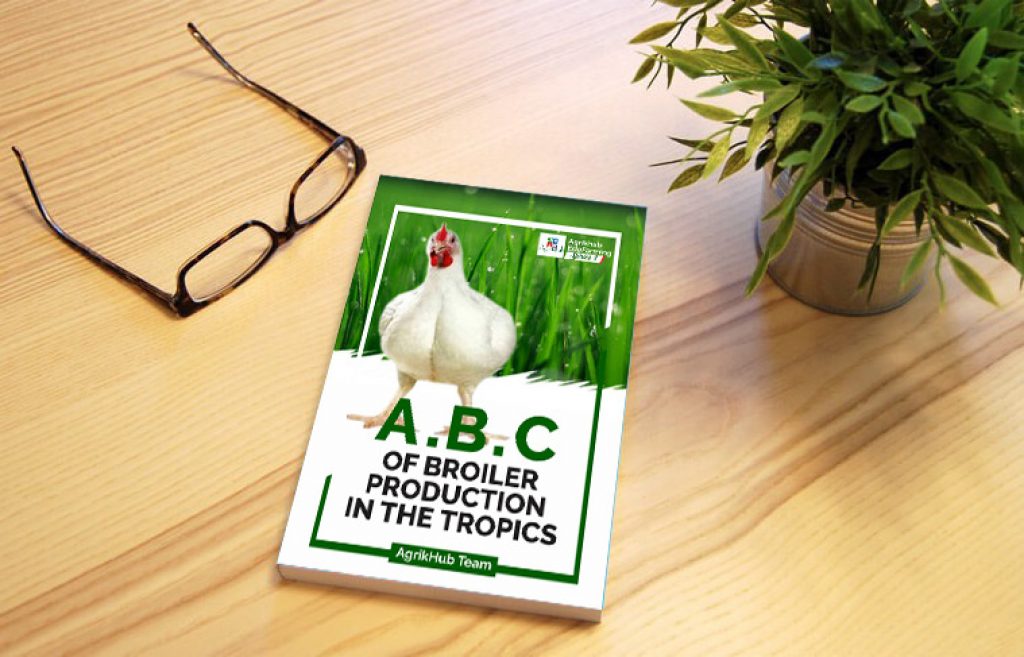
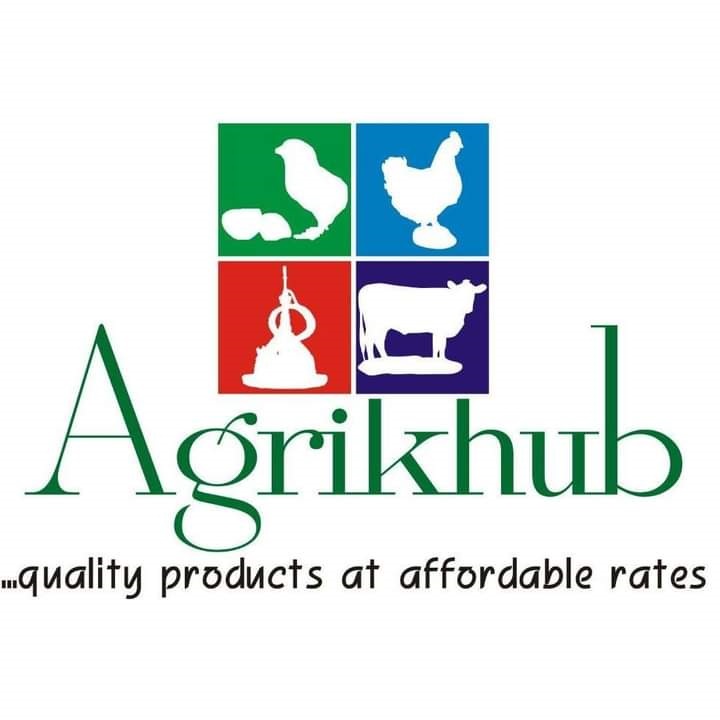
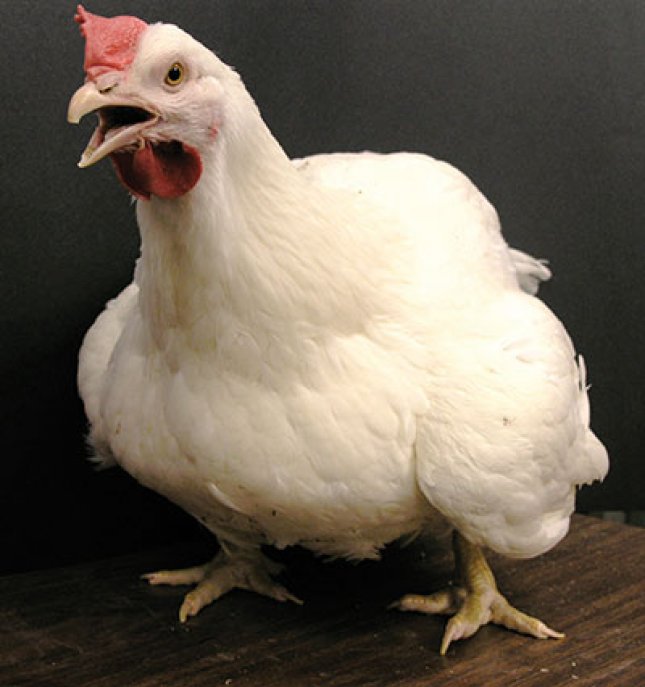

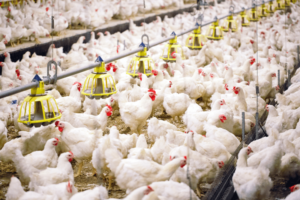
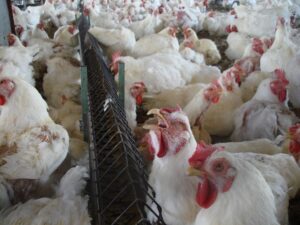
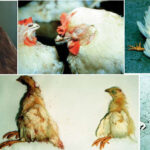
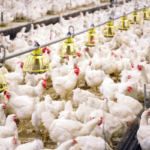
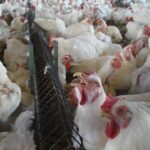
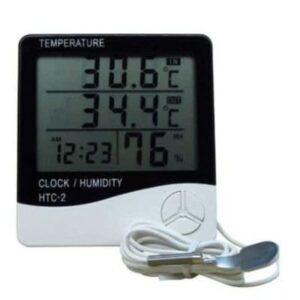
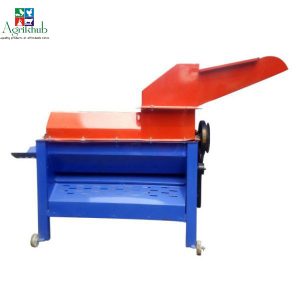
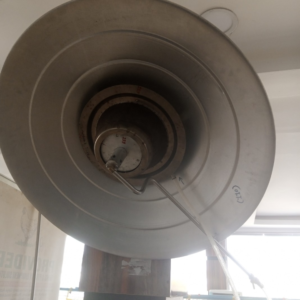
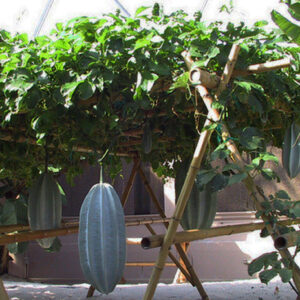

Good day, pls at what temperature can brooding space be heated for a conductive atmosphere for chicks